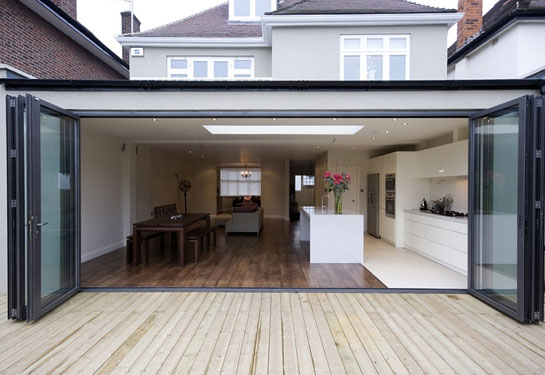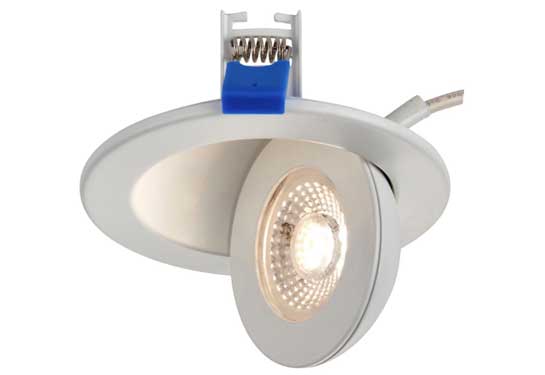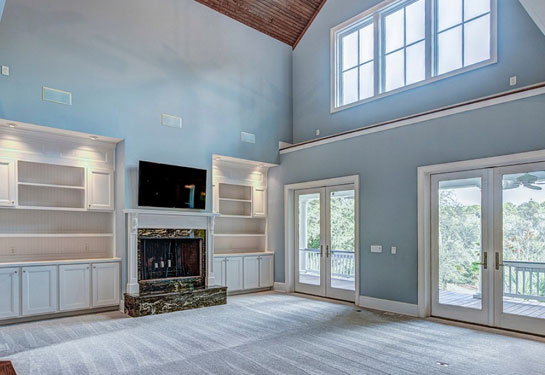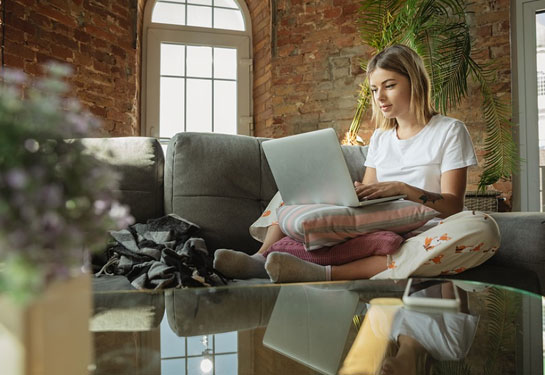Lighting Changes The Taste Of Food
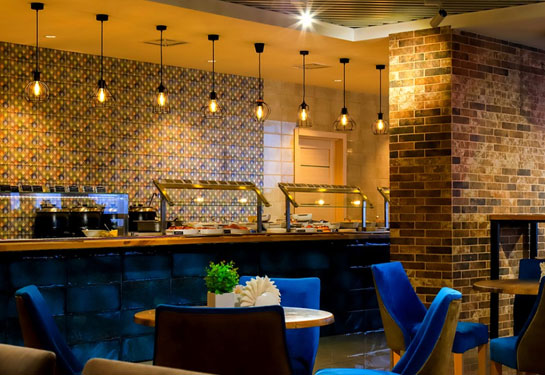
When it comes to lighting design for dining rooms, we often choose a dim, subtle ambience to create a calm, relaxing restaurant-style atmosphere, but it could have a negative effect on the food itself.
A study on the effects of lighting and food showed a connection between more intense tastes and more intense lighting, according to researchers at Maastricht University.
The study involved 138 people eating a four-course meal under various lighting conditions, before rating the intensity of the taste and whether they liked the lighting conditions.
Everyone surveyed liked the lighting level regardless of intensity, however, diners in the brighter conditions found the taste of the food to be more intense.
This is not the only interesting discovery out there into the effects of light on food, a 2009 study into taste arranged wine drinkers into different coloured rooms and tell the researchers what they thought. Red light made the wine sweeter, whilst blue made people’s appetites shrink.
Part of it is that all of our senses work in tandem to affect the taste of food. The first taste is with the eye, after all, and we also use our sense of smell and sometimes hearing (think the sizzling of hot plate meals) when we taste food.
When arranging your dining room and showing off your culinary skills, lighting is not always something we think about, but there are interesting ways we can take advantage of this to make for the perfect dining ambience.
Embrace The Dimmer Switch
Food being less intense under dimmer lights is not always a problem, particularly if the food itself is only a small part of the overall experience.
However, opting for a dimmer switch and lights that vary from dim and intimate to brighter gives you the best of both worlds, depending on whether the food or the company is the central feature of your dining.
Don’t Forget Colour Temperature
Colour temperature is something that is often underappreciated when it comes to lighting ambience but sometimes can completely change the feel and mood of a room.
Warmer lights tend to promote a relaxed, comforting atmosphere, whilst cooler lights are more focused.
Look into different lighting temperatures and consider changing your light bulbs if you want to change the mood of the room. Sometimes a change as simple as this will have a major effect.
Consider The Rest Of The Room
The perception of lights in a room can be affected easily by the rest of the room, and the colour of the walls, floors and furnishings can affect the light itself.
Heavier, richer colours like darker blues and burgundy will naturally absorb a lot of the light and make the room feel smaller, whilst white, neutral walls and pastels will themselves reflect light and make the room feel more open.
Neither of these things are inherently bad of course, and instead are more about the atmosphere you want the room to provide. Making a room feel smaller can also make it feel more intimate, ideal for a romantic dinner.





